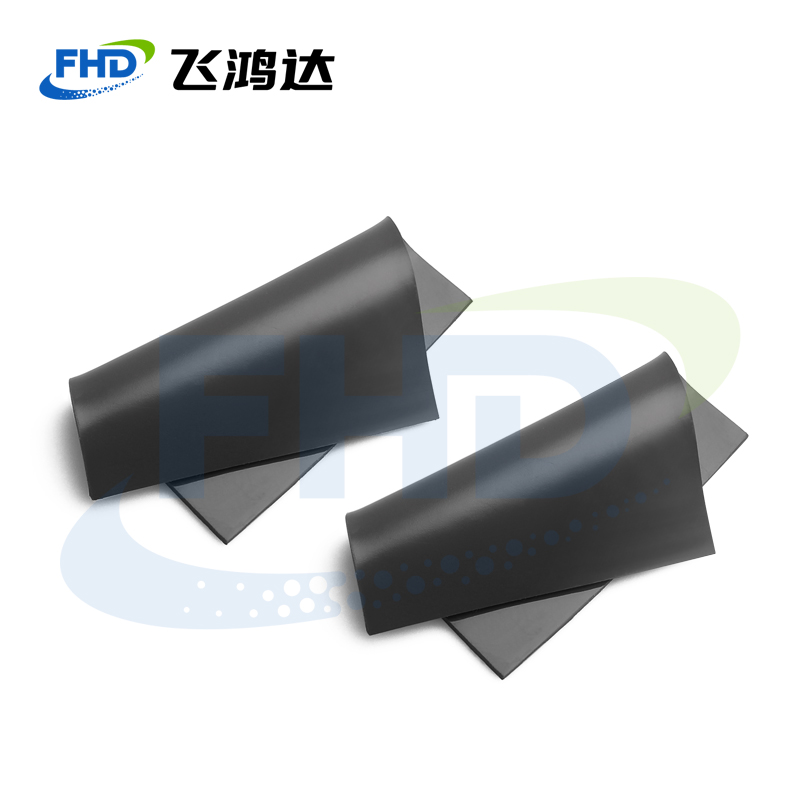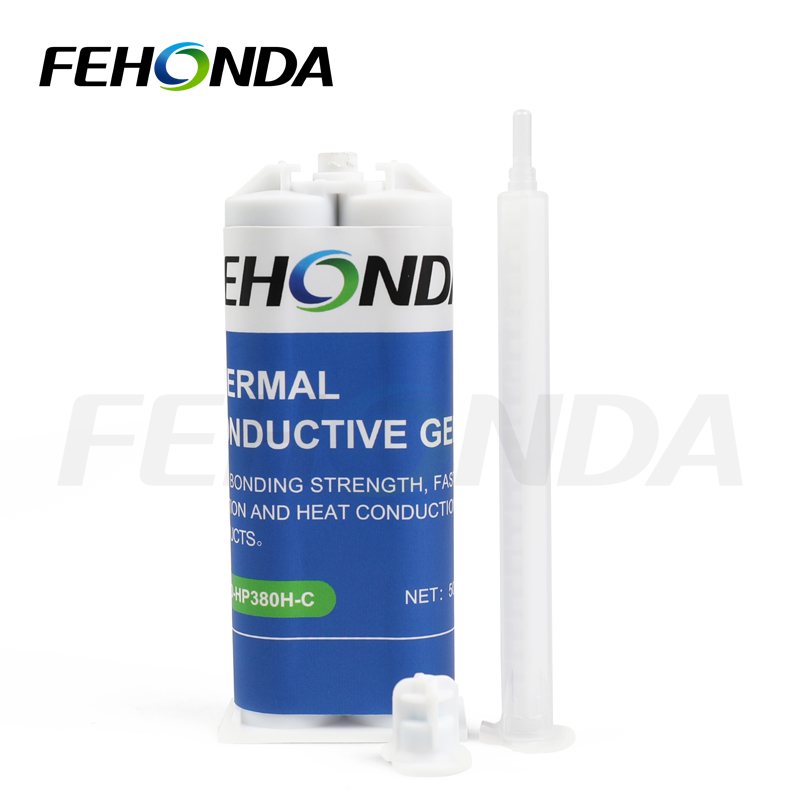Beauty device solution
During the operation of the beauty device, core components such as RF modules, laser emitters, LED light groups, etc. generate heat. If the heat dissipation is not timely, it may affect performance, shorten lifespan, and even cause safety issues. As a key medium for heat transfer from heating components to heat dissipation structures (such as heat sinks and shells), the performance of interface materials directly affects heat dissipation efficiency. The following are commonly used heat dissipation interface materials and their characteristics for beauty devices:
Thermal pad
It is recommended to use domestically produced thermal pad with a thermal conductivity coefficient of 5 W/m · K and a hardness of 65 Shore 00. They have the characteristics of high thermal conductivity, low compressive stress, and good surface wettability, and are suitable for heat conduction between chips and heat sinks, which can quickly dissipate heat and protect chips.

Thermal gel
Thermal gel has both liquid and solid properties. It can be dispersed to fill large gaps before curing and form a solid structure after curing. It has excellent thermal conductivity and no pumping out effect. It is suitable for scenarios requiring high thermal conductivity and electrical insulation.

-
-
Next one:Hair Removal Device









